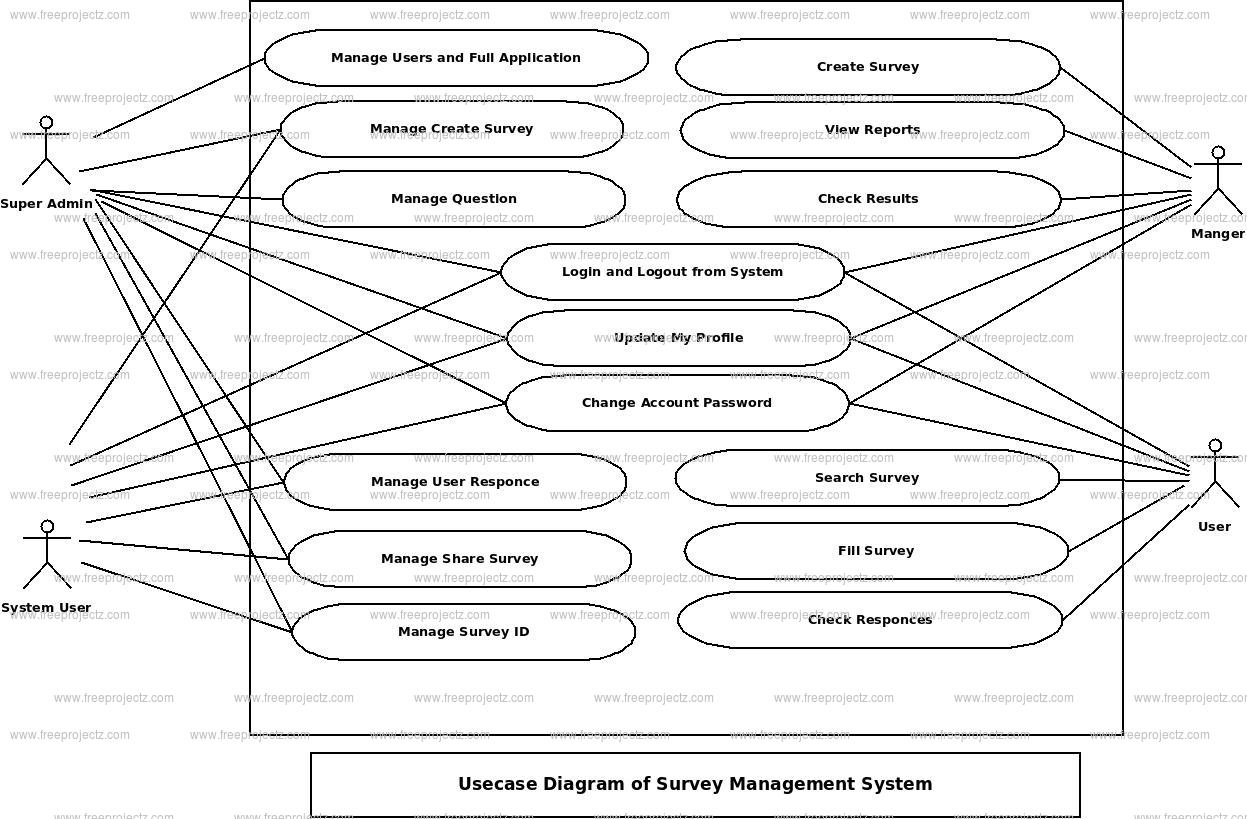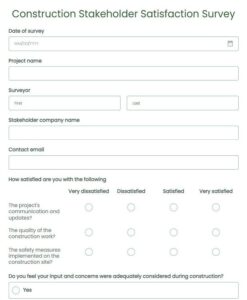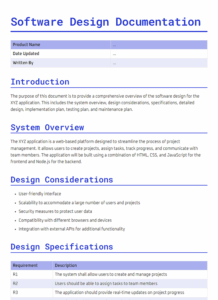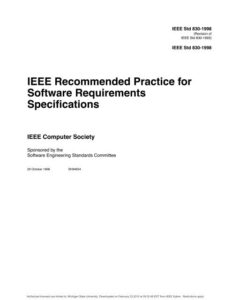Embarking on any software development project, or even a system enhancement, often involves a crucial step: understanding what users truly need. This is where use case modeling shines, providing a narrative framework that describes how users interact with a system to achieve a particular goal. It is a powerful tool for requirements gathering, but even the best models benefit from direct stakeholder feedback to ensure accuracy and completeness.

However, collecting feedback can be a scattered process if not managed well. This is precisely why having a structured approach, like utilizing a use case model survey template, becomes incredibly valuable. It standardizes the feedback collection process, making it more efficient and ensuring that all critical areas are covered, ultimately leading to a more robust and user-centric system design.
Why a Use Case Model Survey Template is Crucial for Project Success
When you’re deeply involved in defining system requirements, it’s easy to get lost in the technical details or assume certain user behaviors. A use case model survey template acts as your reality check, providing a systematic way to gather direct input from the very people who will be using the system. This proactive engagement helps validate your understanding of their needs, challenges, and expectations, long before a single line of code is written. It shifts the focus from assumptions to verified requirements, significantly reducing the risk of costly rework down the line.
Moreover, a well-designed survey empowers stakeholders, giving them a voice in the development process. When users feel heard and see their input reflected in the system design, their buy-in and adoption rates naturally increase. This collaborative approach fosters a sense of ownership among future users, transforming them from passive recipients into active participants in the project’s success. It builds trust and ensures that the final product truly aligns with their operational realities and pain points.
Surveys are also incredibly efficient for identifying potential gaps or ambiguities in your use case models. Sometimes, what seems perfectly clear to the development team might be vague or misunderstood by the end-user. A structured survey can quickly uncover these discrepancies, prompting clarifying questions and discussions that might otherwise be overlooked until later, more expensive stages of development. It forces you to scrutinize each use case from multiple perspectives, leading to more comprehensive and accurate documentation.
Ultimately, leveraging a use case model survey template transforms requirements gathering from a one-sided presentation into a dynamic, interactive dialogue. It provides a measurable way to gauge understanding and agreement among diverse stakeholders, ensuring everyone is on the same page regarding system functionality and behavior. This leads to clearer specifications, fewer surprises during testing, and a higher probability of delivering a solution that genuinely meets its intended purpose.
Key Areas to Cover in Your Survey Questions
- **User Role Confirmation:** Does the described user role accurately reflect the person interacting with the system? Are there any missing roles?
- **Goal Alignment:** Does the use case clearly state the user’s primary goal? Is this goal relevant and important to their work?
- **Actor Interactions:** Are the interactions between the user (actor) and the system accurately represented? Is anything missing or misrepresented?
- **Preconditions and Postconditions:** Are the conditions that must be true before a use case starts, and what should be true after it completes, clearly defined and correct?
- **Main Flow and Alternative Flows:** Is the primary sequence of events correct and complete? Are there any alternative paths or error handling scenarios that haven’t been considered?
- **Non-Functional Requirements:** What are the performance, security, usability, and reliability expectations for this use case? Are there any specific constraints?
- **Scope and Boundaries:** Is the scope of the use case clear? Does it correctly define what’s inside and outside the system’s responsibility?
Crafting an Effective Use Case Model Survey
Developing an effective survey isn’t just about listing questions; it’s about strategically framing them to elicit the most useful responses. Begin by clearly stating the purpose of the survey to your respondents. Let them know why their input is valuable and how it will directly impact the project. This upfront transparency encourages thoughtful participation. Consider segmenting your audience and tailoring questions to specific user groups, as their perspectives on the same use case might differ significantly based on their role and responsibilities.
The questions themselves should be clear, concise, and unambiguous. Avoid technical jargon where possible, or provide simple explanations if necessary. Use a mix of question types, including multiple-choice for quick validation, Likert scales for agreement levels, and open-ended questions for detailed qualitative feedback. Open-ended questions are particularly valuable for uncovering unexpected insights or areas that the existing use case model might not have fully addressed. Ensure each question directly relates back to a specific element of your use case model.
Timing is also crucial. Distribute your survey after stakeholders have had sufficient time to review the use case models themselves. Provide clear instructions on how to access the models and any supporting documentation before they attempt to answer the survey. Setting a reasonable deadline for responses, along with gentle reminders, can significantly improve completion rates. Remember that the goal is not just to collect data, but to gather actionable insights that can genuinely improve your use case models.
Once responses start coming in, the real work of analysis begins. Don’t just tally numbers; look for patterns, common themes, and significant outliers. Pay close attention to consistent feedback, both positive affirmations and critical suggestions. This collective intelligence should then be used to refine and iterate on your use case models. It’s an iterative process, and sometimes, the survey might even highlight the need for follow-up discussions or workshops to dive deeper into complex areas. This continuous feedback loop ensures your use cases evolve into truly robust and representative requirements.
Best Practices for Distribution and Collection
- **Choose the Right Platform:** Use a reliable online survey tool that supports various question types and allows for easy data export.
- **Ensure Anonymity (if appropriate):** Decide if responses should be anonymous or attributed. Anonymity can encourage more honest feedback, especially on sensitive topics.
- **Provide Context:** Always include a brief introduction explaining the purpose of the survey and how the feedback will be used.
- **Test the Survey:** Before sending it out widely, test the survey with a small group of internal stakeholders to catch any confusing questions or technical glitches.
- **Follow Up:** Send gentle reminders to those who haven’t completed the survey, but avoid being overly persistent.
- **Summarize and Share Results:** After analysis, consider sharing a summary of the key findings with your stakeholders. This reinforces their valuable contribution.
Leveraging a well-designed template for surveying your stakeholders about use case models offers a distinct advantage in any project. It transforms a potentially chaotic information-gathering process into a streamlined, systematic approach, ensuring that all voices are heard and all critical aspects of system functionality are validated. This structured feedback loop is instrumental in identifying ambiguities, validating assumptions, and ultimately, building a shared understanding of what the system needs to achieve.
By investing time in creating and deploying a comprehensive use case model survey template, teams can significantly enhance the quality of their requirements. This proactive engagement leads to more precise specifications, reduces the likelihood of scope creep, and paves the way for a development process that is both efficient and aligned with user expectations. The result is a system that not only functions correctly but also truly serves the needs of its intended users.



